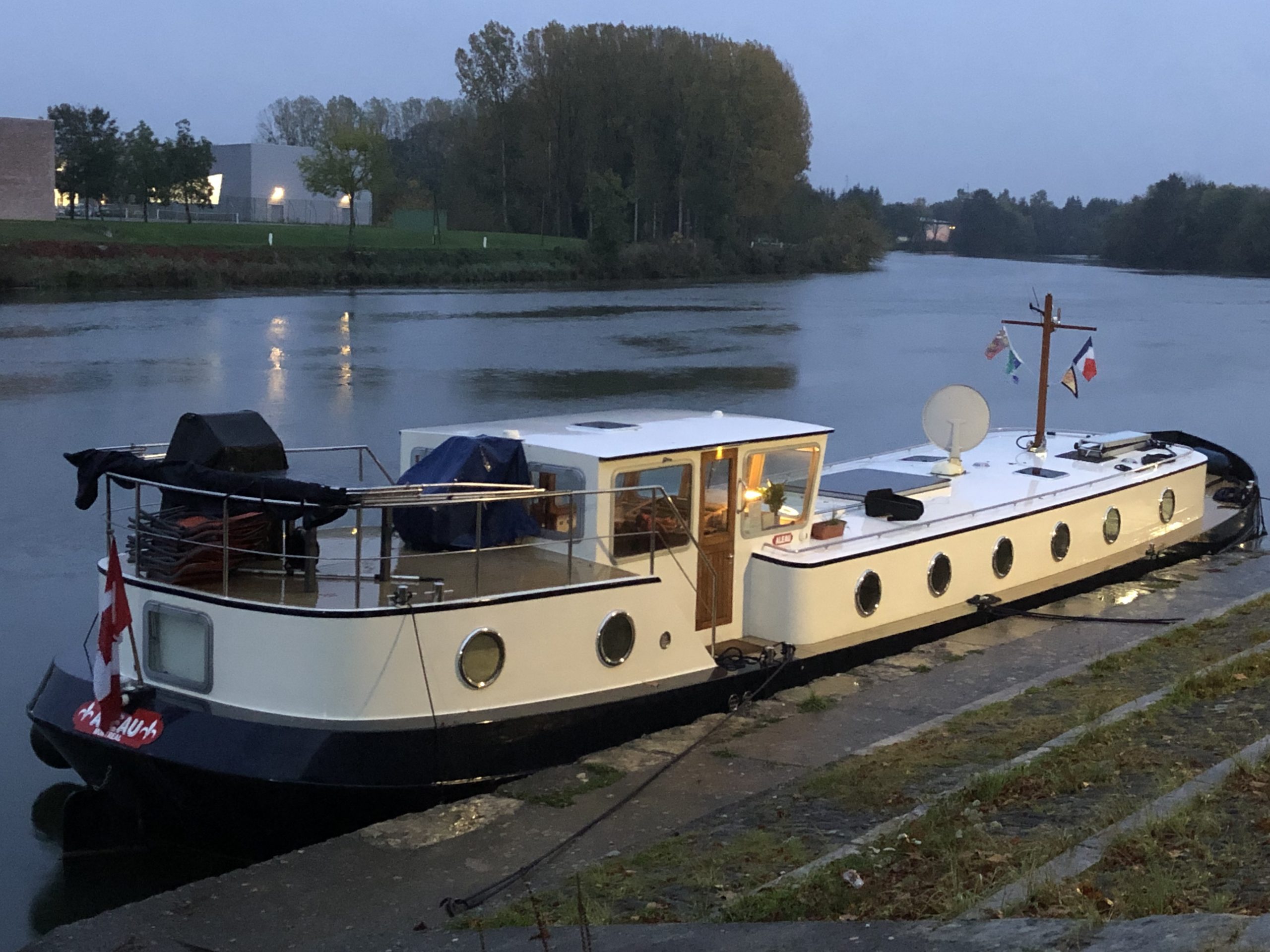France is the gastronomic capital of the world. Restaurants range from Michelin starred ones with more courses than I can count (too pricey for us) to truck stops on D roads that have no menu and you eat what is put in front of you (always both delicious and affordable).
Navigating the dining-out experience in France can be difficult – especially for those used to the North American way of doing things.
North Americans are used to having a cup of coffee before even looking at the menu – or at least having that option. Not so in France. Coffee is served after the meal. Never before or during. Don’t even think of asking. When you finally get it, it will be served in a cup a fraction of the size one gets in North America. And it will be way stronger. Want to dilute it with cream? You can’t. You may be able to get a small pitcher of milk (along with a strange look) but never cream. And those “endless” cups you can get back home? They don’t exist. Sure, you can order another cup of coffee. And you’ll get one. The cost will be added to your bill.
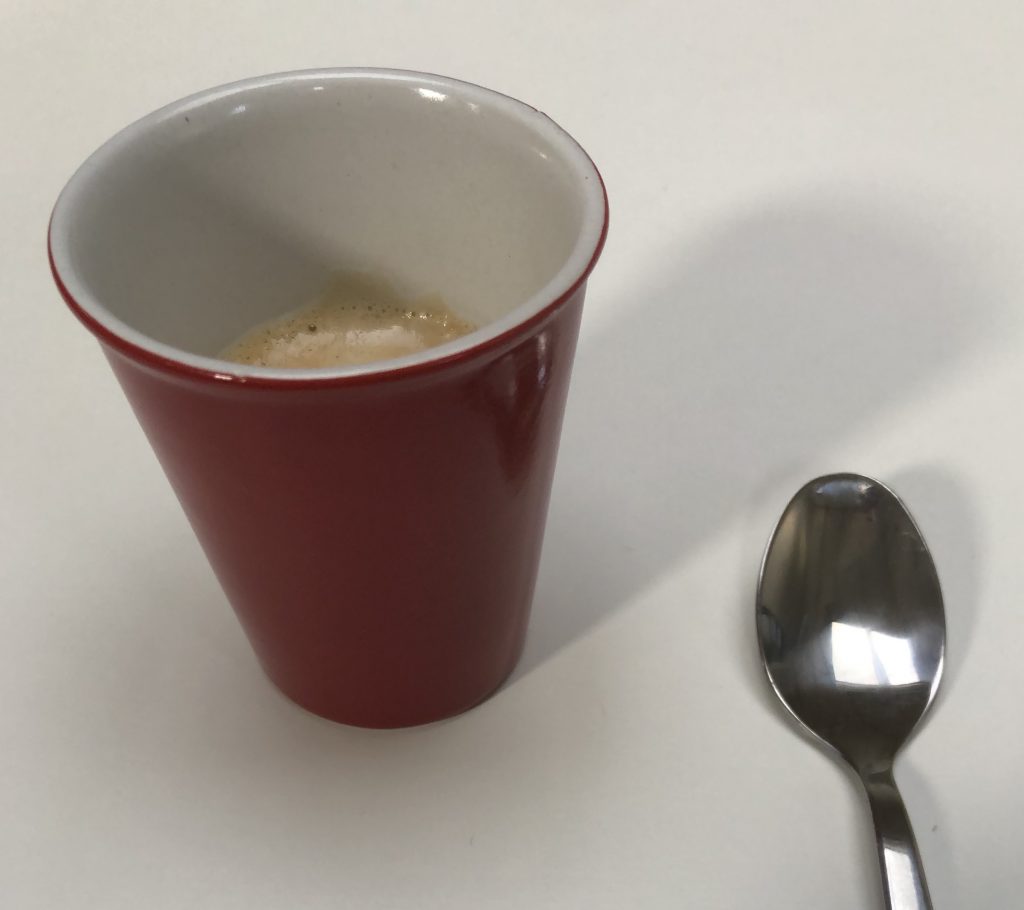
Instead of coffee, you could start your meal with some water – but even that is more complicated than back home. If you ask for water, you will be asked “gazeuse” (sparkling) or “plat” (flat). Whichever you choose, you will pay for it. Both refer to bottled water. Tap water in France is perfectly safe to drink. If that’s all you want, ask for “une carafe d’eau.” You won’t look cheap and no one will bat an eyelash. It’s what almost everyone asks for – but the option to buy bottled water will always be put to you first.

Once you have your water (no matter which of the three options above you have chosen), do not ask for ice. Unless you’re in a restaurant that caters to tourists, the restaurant likely won’t even have ice. Their kitchens are small. Ice-makers take up a lot of room. In addition, the French believe drinking ice water is unhealthy. From what I’ve been told, they’re probably right. Drinking something that cold slows down digestion. So you likely won’t even have the choice. Enjoy your room-temperature water. Bottled water will likely have been kept in the fridge so that option does exist.
Something else not to ask for – butter. Some restaurants – especially those catering to tourists – will have butter on hand for those who like to add it to their bread. Most will not. We have seen diners ask their server for butter, get an appreciative nod – yet never see butter delivered. A slice of baguette is just as delicious without butter. Well, almost.
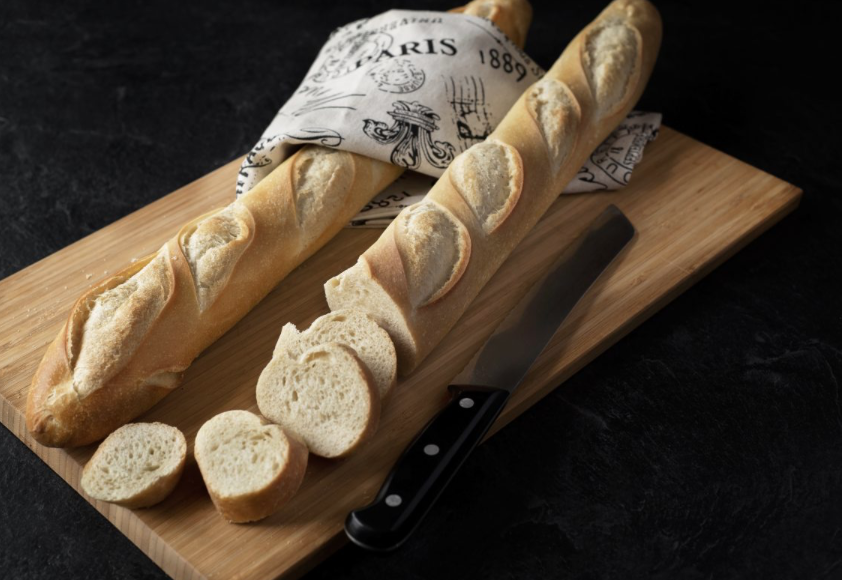
Speaking of restaurants catering to tourists… Avoid them. Most restaurants are open for lunch from noon to 2pm. The same hours stores close for lunch. Likely not a coincidence. The same way you don’t walk into a store just before noon and expect to be served, you don’t walk into a restaurant just before 2pm and expect to be served. In France the posted closing hours are just that – the time they actually close. I’d never even think of arriving any later than 1:30. If you see that a restaurant is open all afternoon, don’t eat there. It is aimed at tourists who are used to eating whenever they want – and don’t mind that what they are served was frozen – then heated in a microwave. If you see an English copy of the menu, same thing. It’s probably best to stay away.
Restaurants begin serving dinner at 7pm. Never earlier – and often not until 8pm. It is impossible to find anything to eat (at least not anything decent) in France between 2pm and 7pm.
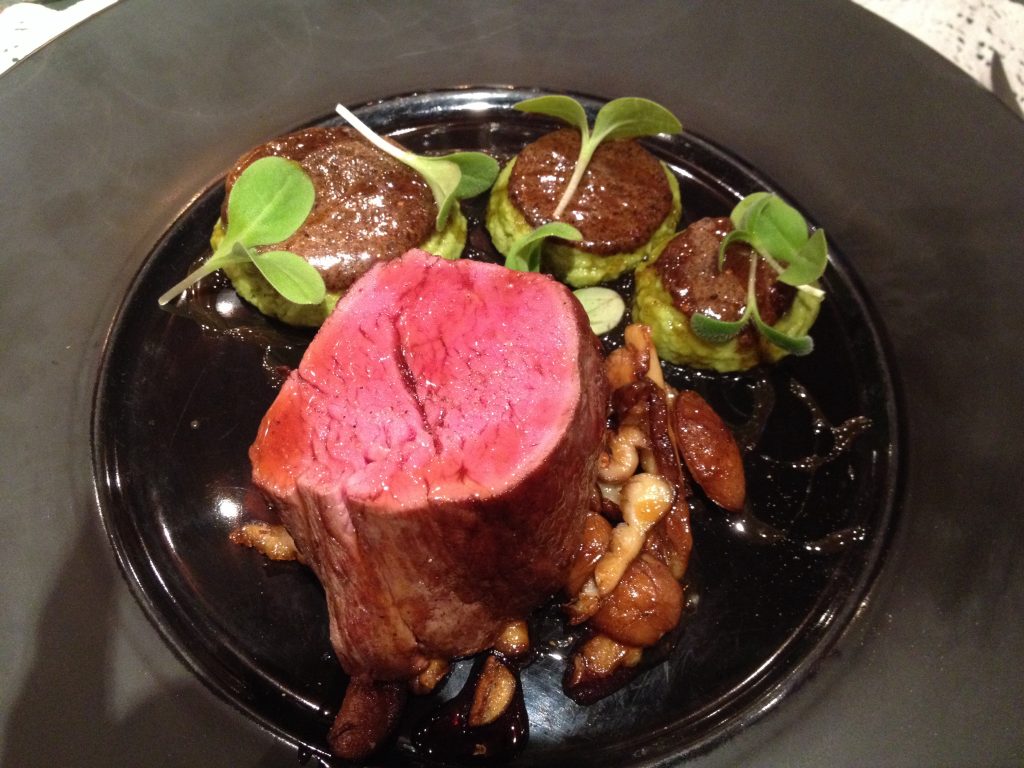
You should try to make a reservation. If you have to cancel, phone and let them know. Some restaurants have only four or five tables. A no-show is a big financial hit.

One reason the restaurant would suffer if you didn’t show is, again, a difference between dining in North America and dining in France. In North America, restaurants turn over tables. As soon as one set of diners leaves, the table is cleared and another set of diners sits down. Not so in France. The table is yours for the night. If you sat down at 7pm, you can stay until the restaurant closes. No one is going to try to get you to leave. Just the opposite. If you get up to leave before the end of the evening, the staff will wonder why. Did you not enjoy your meal? Are you not happy? When you eat in a restaurant, you are considered a guest. One sign of that is the check – “l’addition.” Unlike North America, it will not be placed on the table as soon as you have finished eating. You must ask for it. In fact, pretty much demand it. Since the table is yours for the evening, since you are a guest in their establishment, they wonder why you would want to leave as soon as you have finished eating. They assume you will want to stay and socialize with your table companions. Eating and being in a rush are very much an oxymoron in France.
A corollary to this is you can rest easy if you have made a reservation for 9pm. The “Reservé” sign will be on the table well before 7pm. The table is yours from the moment the restaurant opens – even if you’re not there until much later. (It’s a bit frustrating for tourists who see a bunch of empty tables and are told the restaurant is full. That is life in France.)
When you finally get” l’addition,” everything is included – tax and tip. In fact, you don’t have to wait until the end of the meal to know what the final cost will be. The price posted on the menu outside will be the total cost. A small tip is appreciated – but never expected. Rounding up to the next euro is what some diners do. A euro or two would be more than adequate. If you wish to leave a tip, come prepared. If you pay by credit card, that machine they bring to the table will not allow you to add a tip. You must come with your own change if you wish to leave a tip in France.

Speaking of the menu, that, too, is different from the menu North Americans are used to. What we think of as a menu – a list of multiple dishes from which to choose – is called “la carte.” Two warnings. 1. Ordering “à la carte” is more expensive. 2. The more choices listed on “la carte,” the more likely you are to be disappointed. Fewer choices almost always means higher quality.
What is called “Menu,” “Formule,” or “Table d’hôte” is the special of the day. Often, there are two choices – sometimes only one. It will almost always be tastier and less expensive than ordering anything from “la carte.”

Another possible area of confusion is the names given to courses. In France, the appetizer is the “entrée.” Makes sense. Why do North Americans call the main course the “entrance?” For some unimaginable reason, the French have failed to come up with a name worthy of the main course. It is simply ‘le plat’ – the plate. Oh, well. The quality of the food makes up for the lack of creativity in the name.

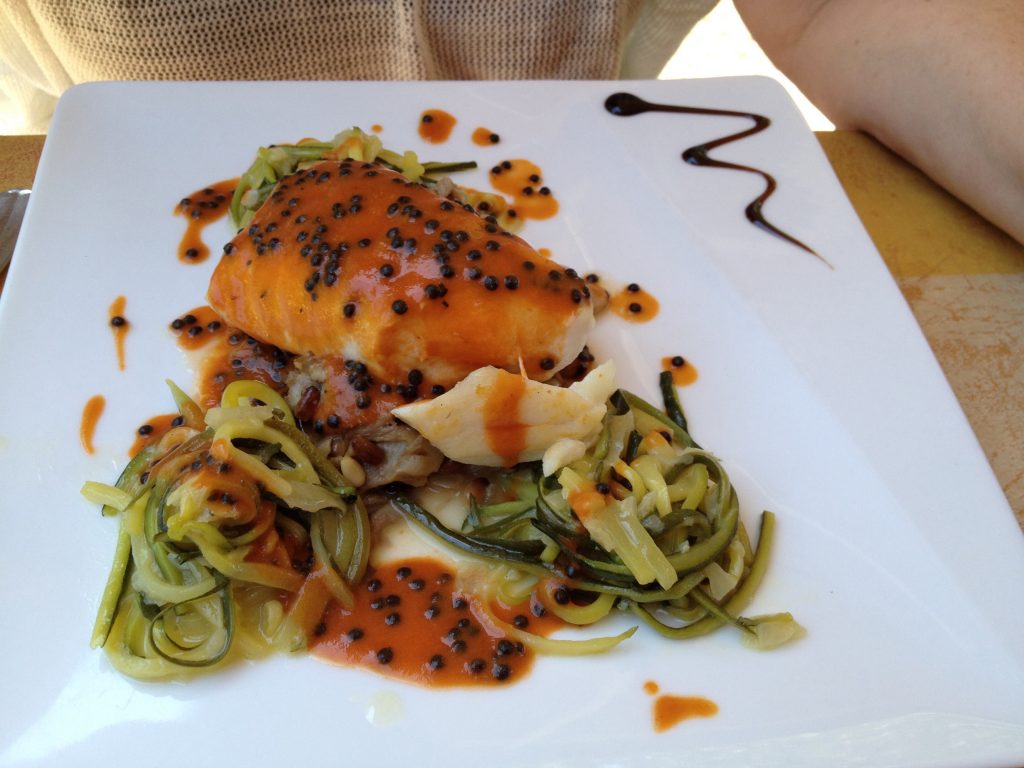

I am embarrassed to say Jeannie and I were once kicked out of a restaurant in France. It was a lovely place in a charming little town. We had a delicious lunch and were enjoying the after-glow that came with it. We hadn’t noticed the time (well after 2pm) or that all the other diners had left. Feeling, I am sure, very awkward, the chef approached us and told us we had to leave. He explained he had to go to the market to choose what would be on that night’s menu. I cannot think of a better reason to be kicked out of a restaurant.
Bon appétit.
